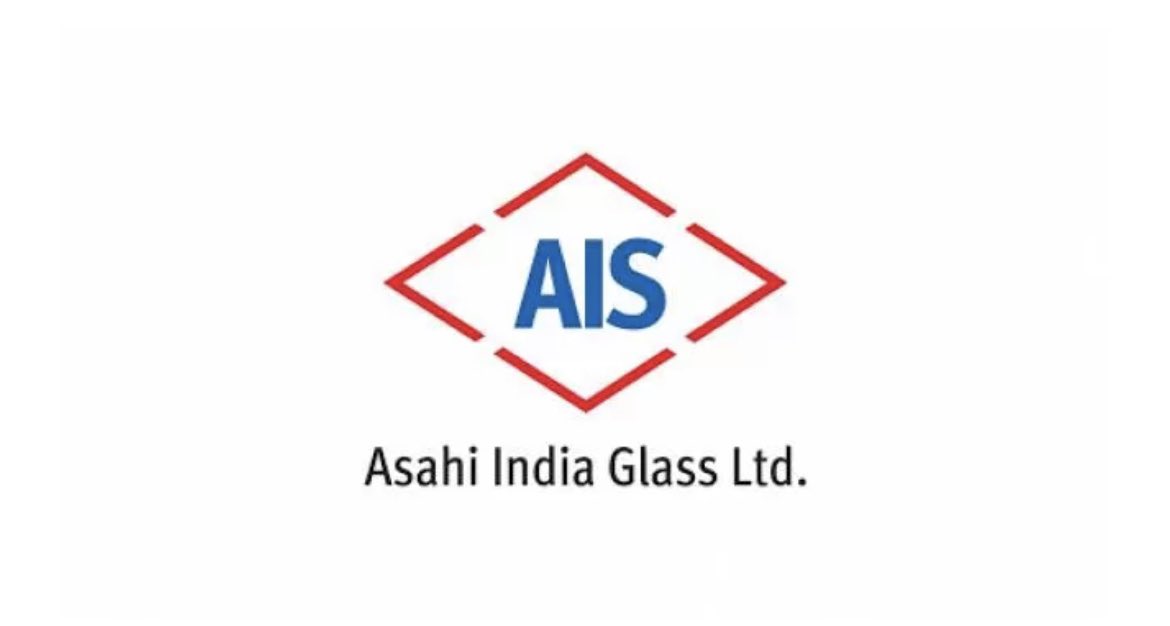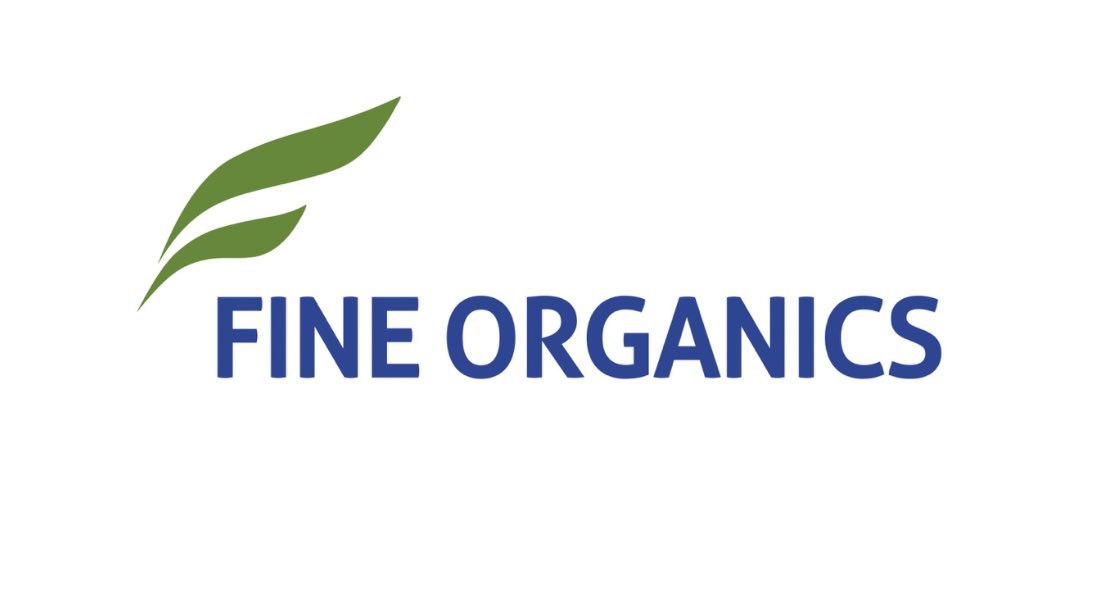
(1/20)
About:
Incorporated in 1993 by Mr. Sunil Vachani, DTIL is a diversified EMS company with operations in the electronic products
vertical such as consumer electronics, lighting, home appliance, closed-circuit television cameras (CCTVs), and mobile phones.
About:
Incorporated in 1993 by Mr. Sunil Vachani, DTIL is a diversified EMS company with operations in the electronic products
vertical such as consumer electronics, lighting, home appliance, closed-circuit television cameras (CCTVs), and mobile phones.
(2/20)
• DTIL has manufacturing facilities in Noida, Dehradun & Tirupati.
Dixon has received
approvals under the PLI scheme for five segments -
• Mobile phones
• Lightning
• Telecom & networking products
• Inverter controller boards for air conditioners
• IT hardware.
• DTIL has manufacturing facilities in Noida, Dehradun & Tirupati.
Dixon has received
approvals under the PLI scheme for five segments -
• Mobile phones
• Lightning
• Telecom & networking products
• Inverter controller boards for air conditioners
• IT hardware.
(3/20)
GOI Push for Indian EMS Industry:
For the Electronics industry, the government clearly aims to
position India as a global hub for ESDM by encouraging & driving
capabilities in the country for developing core components, &
enabling the industry to compete
globally.
GOI Push for Indian EMS Industry:
For the Electronics industry, the government clearly aims to
position India as a global hub for ESDM by encouraging & driving
capabilities in the country for developing core components, &
enabling the industry to compete
globally.
(4/20)
Incentives:
• PLI for IT hardware, Large
scale electronics manufacturing, White Goods, Telecom &
Networking Products.
• Phased Manufacturing Program to promote domestic
manufacturing of Mobile Phones and various subassemblies involved in manufacturing of Mobile Phones
Incentives:
• PLI for IT hardware, Large
scale electronics manufacturing, White Goods, Telecom &
Networking Products.
• Phased Manufacturing Program to promote domestic
manufacturing of Mobile Phones and various subassemblies involved in manufacturing of Mobile Phones
(5/20)
These schemes will boost investment in the entire value chain of the Indian electronics inds include designing & ensure local availability of components ICs, Chipsets, SoCs, Systems or IP Core & enable Indian Electronics industry to be more self-reliant & export oriented.
These schemes will boost investment in the entire value chain of the Indian electronics inds include designing & ensure local availability of components ICs, Chipsets, SoCs, Systems or IP Core & enable Indian Electronics industry to be more self-reliant & export oriented.
(6/20)
Business Segments:
• Consumer Electronics:
48% revenue share, Growth 34% YOY
The major customers in this segment are:
Xiaomi, Samsung, Hisense, VU, Nokia, Panasonic, TCL, Lloyd,
Flipkart, Philips, Toshiba
Business Segments:
• Consumer Electronics:
48% revenue share, Growth 34% YOY
The major customers in this segment are:
Xiaomi, Samsung, Hisense, VU, Nokia, Panasonic, TCL, Lloyd,
Flipkart, Philips, Toshiba
(7/20)
• Lightning Products:
12% revenue share, Growth 16% YOY
The major customers in this segment are:
Signify, Panasonic,
Wipro, Bajaj, Syska, Orient, Polycab, Luminous, Crompton
etc.
• Lightning Products:
12% revenue share, Growth 16% YOY
The major customers in this segment are:
Signify, Panasonic,
Wipro, Bajaj, Syska, Orient, Polycab, Luminous, Crompton
etc.
(8/20)
• Home Appliances:
7% Revenue share, 36% YOY growth.
The major customers in this segment are Samsung, Godrej,
Voltas- Beko, Panasonic, Lloyd, Flipkart, Haier, Reliance etc.
• Mobile Phones:
29% Revenue share, 274% growth YoY
Major clients: Samsung, Nokia, Motorola
• Home Appliances:
7% Revenue share, 36% YOY growth.
The major customers in this segment are Samsung, Godrej,
Voltas- Beko, Panasonic, Lloyd, Flipkart, Haier, Reliance etc.
• Mobile Phones:
29% Revenue share, 274% growth YoY
Major clients: Samsung, Nokia, Motorola

(9/20)
New opportunities which the company is perusing:
• Refrigerators
• Laptops & Tablets/ IT Hardware Products
• Telecom & Networking Products
• Inverter controller boards for Air conditioners
• Wearables & Hearables :
New opportunities which the company is perusing:
• Refrigerators
• Laptops & Tablets/ IT Hardware Products
• Telecom & Networking Products
• Inverter controller boards for Air conditioners
• Wearables & Hearables :
(10/20)
Key Business Risks:
• Globalisation Risk: Cheap Imports from China
• Industry Risk: If the whole Industry reach at a
stagnant or declining position
• Client Concentration Risk
• Regulatory Risk
• Technology Risk
Key Business Risks:
• Globalisation Risk: Cheap Imports from China
• Industry Risk: If the whole Industry reach at a
stagnant or declining position
• Client Concentration Risk
• Regulatory Risk
• Technology Risk
(11/20)
Strengths:
• Established track record and market position in EMS business –
DTIL has more than 2 decades of experience in the EMS
business. It has an established track record as well as leadership position in the key segments in which it operates.
Strengths:
• Established track record and market position in EMS business –
DTIL has more than 2 decades of experience in the EMS
business. It has an established track record as well as leadership position in the key segments in which it operates.
(12/20)
• Diversified revenue streams across product segments with reputed clientele –
The company’s revenues are diversified across
consumer electronics (CE; mainly LED television), lighting, home appliances (mainly washing machines), mobiles and security
devices.
• Diversified revenue streams across product segments with reputed clientele –
The company’s revenues are diversified across
consumer electronics (CE; mainly LED television), lighting, home appliances (mainly washing machines), mobiles and security
devices.
(13/20)
• DTIL’s financial profile remains healthy with robust
improvement in FY22, despite a challenging environment, supported by increased volumes in the CE and mobile vertical.
It has recorded YoY revenue growth of 66% in FY22 (5 Year CAGR 34%), & ~53% in Q1 FY2023.
• DTIL’s financial profile remains healthy with robust
improvement in FY22, despite a challenging environment, supported by increased volumes in the CE and mobile vertical.
It has recorded YoY revenue growth of 66% in FY22 (5 Year CAGR 34%), & ~53% in Q1 FY2023.
(14/20)
• HIGH TOL|TNW (3.6x) indicates high WC requirements
However, a part of DTIL’s creditors remain covered by BGs extended by the clients, which reduces the credit risk.
Hence, its ability to raise additional long-term funds remain crucial to keep the TOL/TNW manageable.
• HIGH TOL|TNW (3.6x) indicates high WC requirements
However, a part of DTIL’s creditors remain covered by BGs extended by the clients, which reduces the credit risk.
Hence, its ability to raise additional long-term funds remain crucial to keep the TOL/TNW manageable.
(15/20)
Liquidity:
DTIL is likely to generate healthy cash flow from operations, supported by back-to-back arrangement with most of its suppliers for the OEM business.
Its liquidity is supported by cash balance and liquid investments of ₹276.46 crore as on June 30, 2022
Liquidity:
DTIL is likely to generate healthy cash flow from operations, supported by back-to-back arrangement with most of its suppliers for the OEM business.
Its liquidity is supported by cash balance and liquid investments of ₹276.46 crore as on June 30, 2022
(16/20)
The company proposes to undertake substantial capex in the range of ₹200-300 crore p.a., over the next two years, where the funding mix would comprise approx 60% external debt and the balance through internal accruals.
This is expected to increase
repayment obligation.
The company proposes to undertake substantial capex in the range of ₹200-300 crore p.a., over the next two years, where the funding mix would comprise approx 60% external debt and the balance through internal accruals.
This is expected to increase
repayment obligation.
(17/20)
Key financial indicators FY22 vs 21:
• Operating Income: ₹10,697cr vs ₹6,448cr
• PAT: ₹190cr vs ₹160cr
• OPM : 3.6% vs 4.5%
• TOL/TNW : 3.6x vs 3x
• Interest Coverage: 7.8 vs 8.9
• 3 Year Sales growth CAGR: 53%
• 3 Year Profit growth CAGR: 44%
Key financial indicators FY22 vs 21:
• Operating Income: ₹10,697cr vs ₹6,448cr
• PAT: ₹190cr vs ₹160cr
• OPM : 3.6% vs 4.5%
• TOL/TNW : 3.6x vs 3x
• Interest Coverage: 7.8 vs 8.9
• 3 Year Sales growth CAGR: 53%
• 3 Year Profit growth CAGR: 44%
(18/20)
Shareholding Pattern:
• Promoters: 34.30%
• FIIs: 15.08%
• DIIs: 8.07%
• LIC: 5.68%
• Kamla Vachani: 7.44%
• Public : 19.79%
• Others: 9.65%
Shareholding Pattern:
• Promoters: 34.30%
• FIIs: 15.08%
• DIIs: 8.07%
• LIC: 5.68%
• Kamla Vachani: 7.44%
• Public : 19.79%
• Others: 9.65%
(19/20)
Conclusion:
DTIL has a leveraged capital structure and dependence on large few clients, although client concentration is on a downward trend. But it has a strong revenue growth expectations given the macro economic environment and DTIL’ USPs.
Conclusion:
DTIL has a leveraged capital structure and dependence on large few clients, although client concentration is on a downward trend. But it has a strong revenue growth expectations given the macro economic environment and DTIL’ USPs.
(20/20)
What are your thoughts about Dixon Tech’s future prospects?
@caniravkaria @stockifi_Invest @VRtrendfollower @kuttrapali26 @MadhusudanKela
What are your thoughts about Dixon Tech’s future prospects?
@caniravkaria @stockifi_Invest @VRtrendfollower @kuttrapali26 @MadhusudanKela
• • •
Missing some Tweet in this thread? You can try to
force a refresh










